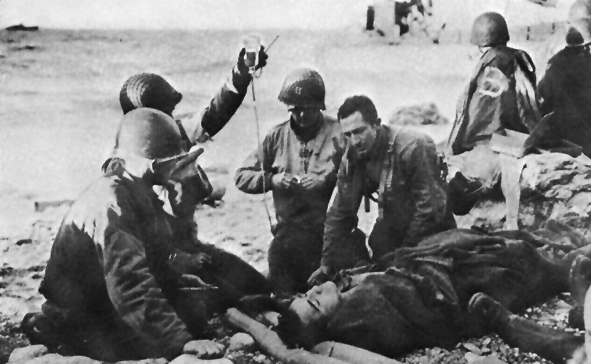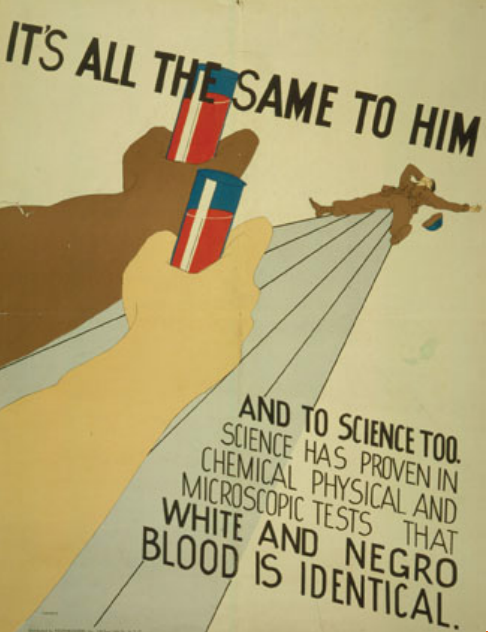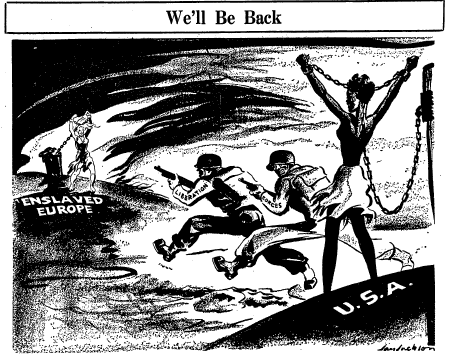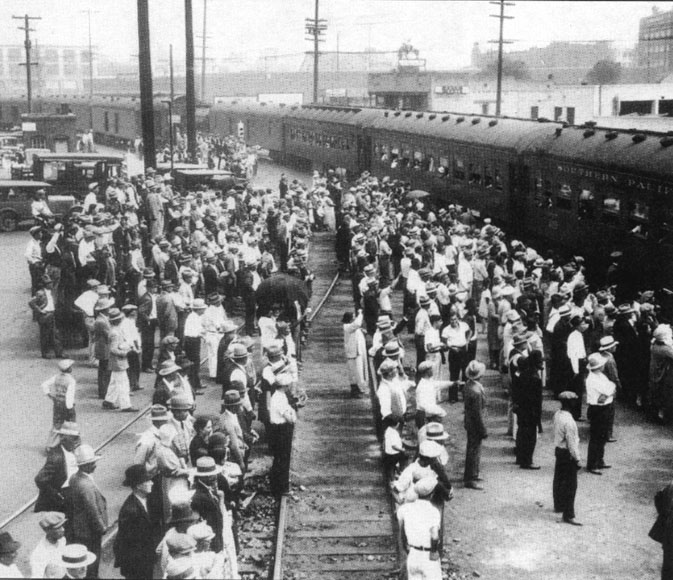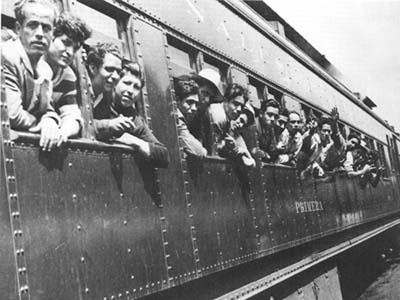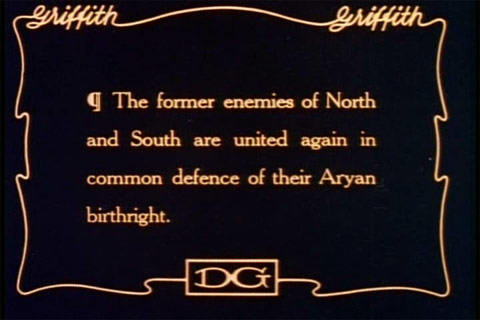Birth Of A Nation Reunion: 1915
Recently in class, we have been discussing Jack Johnson v. James Jeffries, The Birth of a Nation, The Noble Cause, Dubois' Returning Soldiers, the Red Summer Race Riots, the Duluth Lynching, etc. and their relationship to modern racial stereotypes. We also have analyzed how history has been whitewashed in favor of "positive memory" in order to help create a post-Reconstruction "national white power reunion".
Richmond Loves Its Rebels
After some lively debate/ analysis...I posed a question to my students...
"Why does America allow statues of traitors (like Jefferson Davis, Alexander Stephens, Robert E. Lee, Stonewall Jackson, Nathan Bedford Forrest, etc. to exist (throughout the South and in a "hallowed" place like the National Statuary Hall in Washington, D.C.)...would Germany allow the Nazi Flag to fly freely over it's soil or laud the "accomplishments" of Hitler with statues and monuments?!?"
Some of my students responded with comments like...
"Why should we care...why does this even matter...this all happened 100 years ago...this isn't even important..."
I was dismayed and dumbfounded by their response...undaunted I mentally grappled for a straightforward "answer"...it became a 3 point answer...
"First...historians need to always seek truth through primary sources...not whitewashed, revisionist history. Second...tens of thousands of people died in pursuit of freedom, justice, equal opportunity and thousands of others sacrificed so we could all be sitting here today. Third...many of these "historical myths", racial stereotypes, "lynchings" are still with us today..."
Why should we care?!?
Ole Miss: A 2014 "Lynching"
Last week, the James Meredith Statue at the University of Mississippi was "lynched" with a Georgia "Confederate" Flag and a noose around its neck...all in a month when a Florida jury decided that a white man who disliked "thug music" didn't commit murder when he shot an unarmed black boy to death...KKK members disrupted a Black History Month presentation in Arkansas...we continue to "stop & frisk"...racial profiling and police brutality still exist...institutional racism and "Jim Crow" prisons thrive...immigration "roundups" and immoral deportations are applauded...shopping or driving while Black/ Mexican/ Native/ etc. is a "dangerous" proposition...and Ted Nugent called President Obama a "communist-nurtured, subhuman mongrel"...
Celebrating Nathan Bedford Forrest's Birthday in Memphis...
A "Noble" Cause
WHY SHOULD WE CARE...OUR FUTURE DEMANDS IT.

